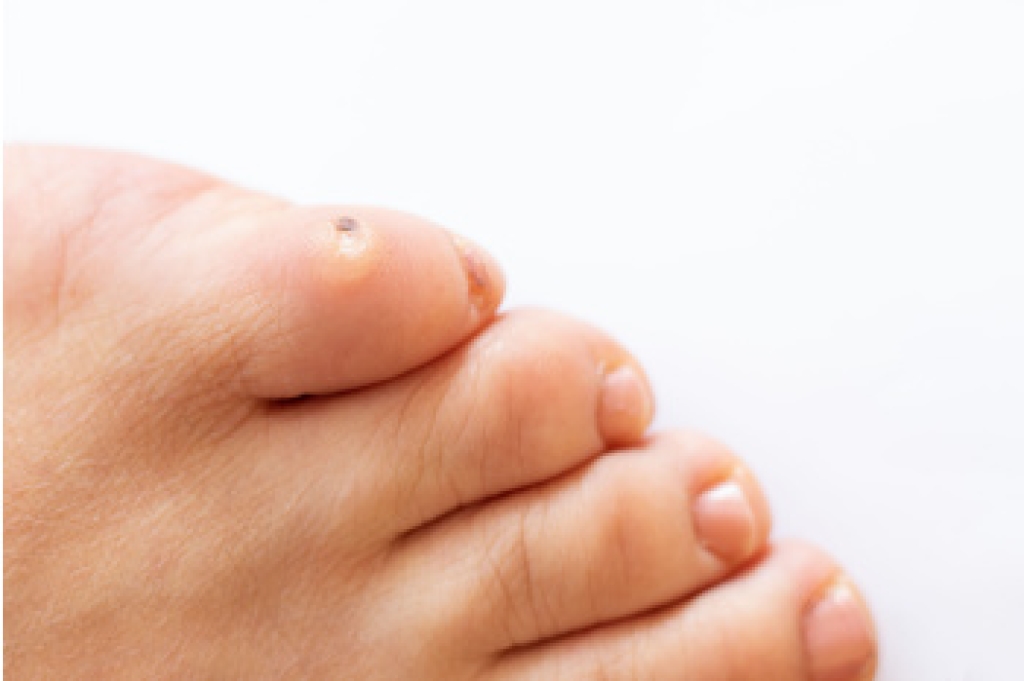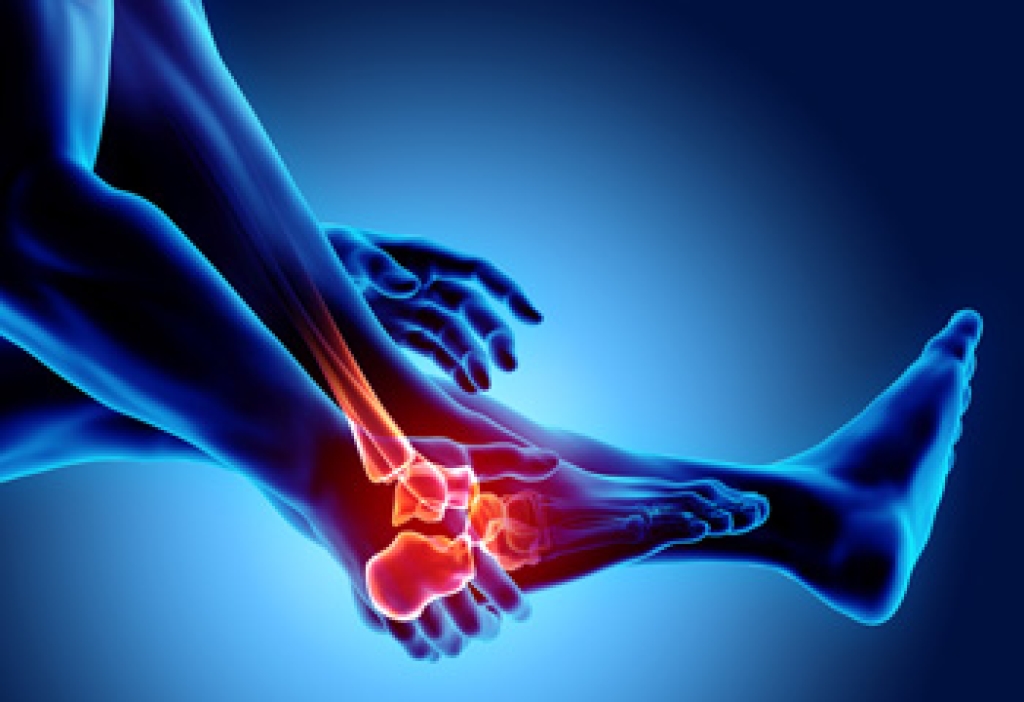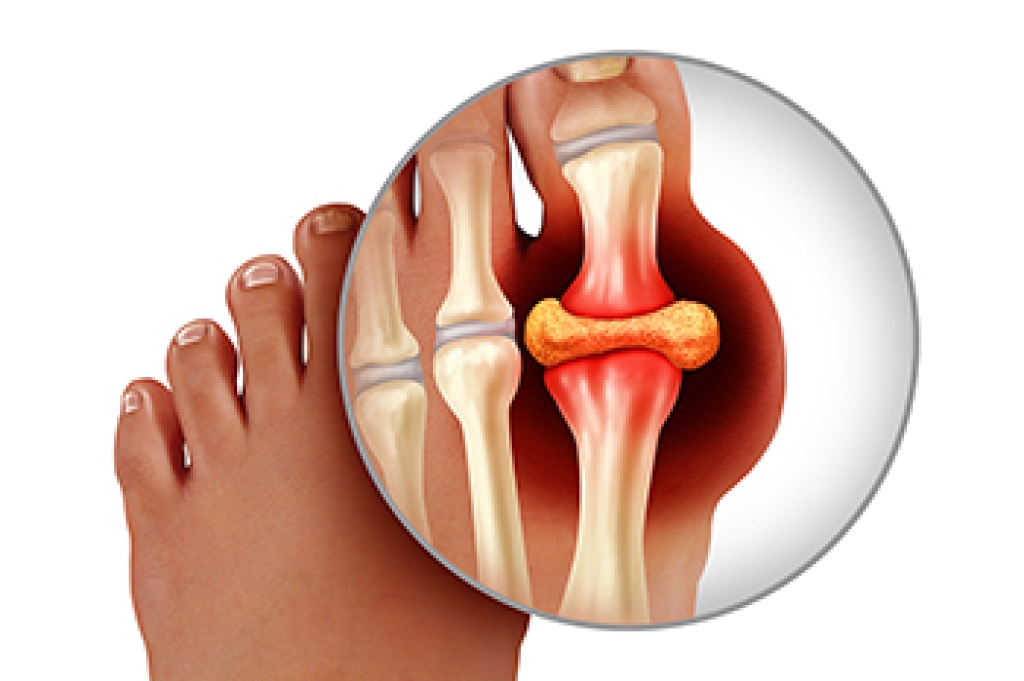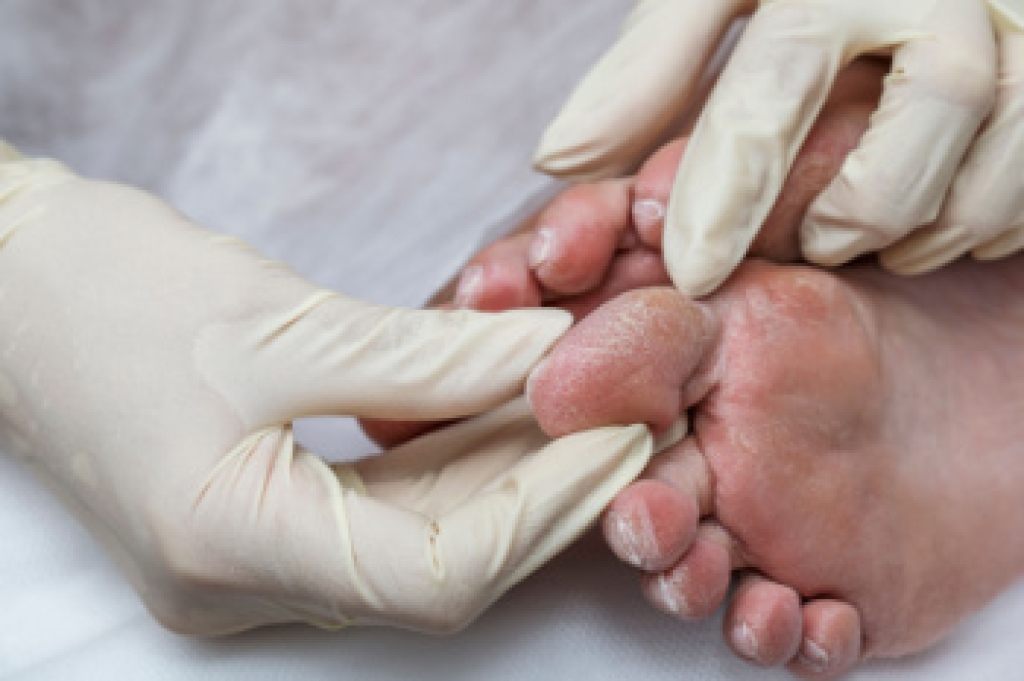
Corns and calluses are thickened areas of skin that develop from repeated pressure or friction, but they are not the same. Corns are smaller, often round, and usually form on the tops or sides of toes. They can be painful when pressed and may feel like a hard pebble under the skin. Calluses are broader, less defined, and typically appear on the soles or heels, usually without pain. Both conditions are caused by wearing ill-fitting shoes, abnormal gait, or prolonged standing. Visually, corns appear as dense, raised bumps with a hard center, while calluses look like rough, thick patches of skin. A podiatrist can determine the cause and type through physical examination. Treatment may involve gentle removal of thickened skin, padding, custom orthotics, and footwear advice to relieve pressure and prevent recurrence. For persistent or painful corns, minor procedures may be recommended. It is suggested that you schedule an appointment with a podiatrist to properly treat and prevent corns and calluses.
Corns can make walking very painful and should be treated immediately. If you have questions regarding your feet and ankles, contact one of our podiatrists of Footcare Now. Our doctors will treat your foot and ankle needs.
Corns: What Are They? And How Do You Get Rid of Them?
Corns are thickened areas on the skin that can become painful. They are caused by excessive pressure and friction on the skin. Corns press into the deeper layers of the skin and are usually round in shape.
Ways to Prevent Corns
There are many ways to get rid of painful corns such as:
- Wearing properly fitting shoes that have been measured by a professional
- Wearing shoes that are not sharply pointed or have high heels
- Wearing only shoes that offer support
Treating Corns
Although most corns slowly disappear when the friction or pressure stops, this isn’t always the case. Consult with your podiatrist to determine the best treatment option for your case of corns.
If you have any questions, please feel free to contact our offices located in Elmhurst Jackson Heights, Astoria, Rego Park, and Forest Hills, NY . We offer the newest diagnostic and treatment technologies for all your foot care needs.




